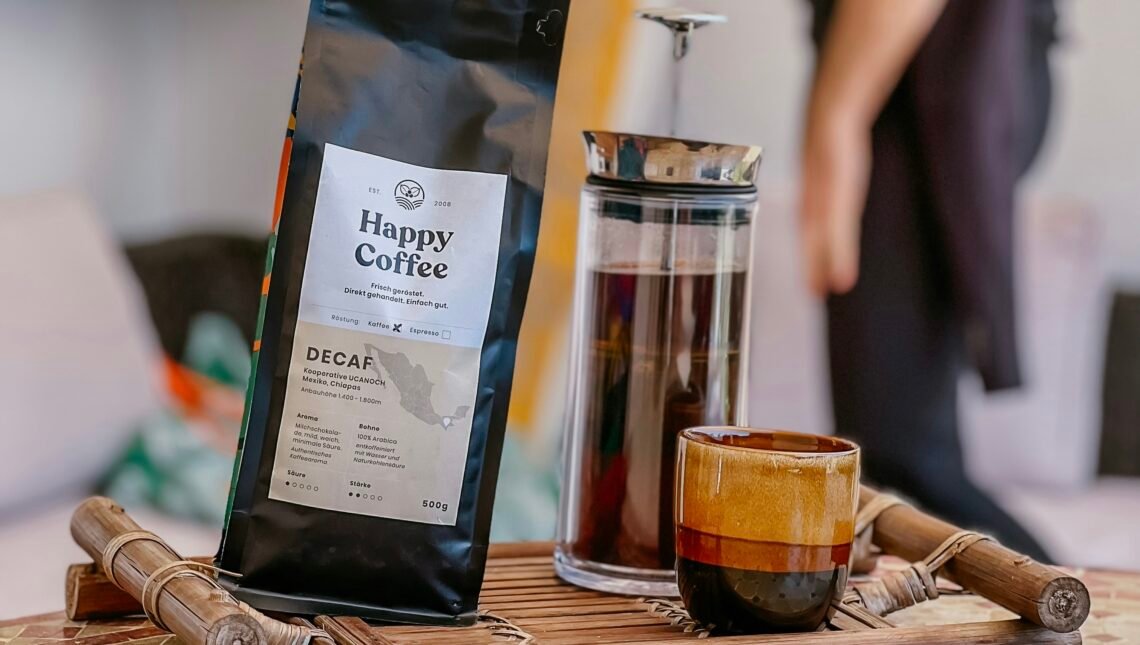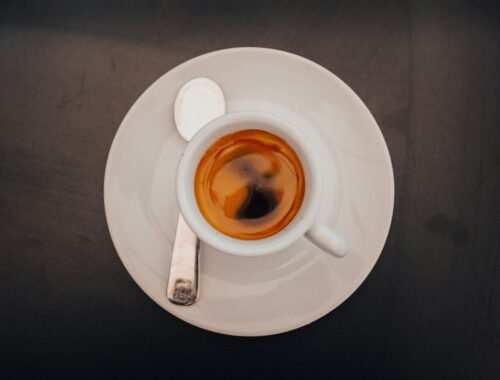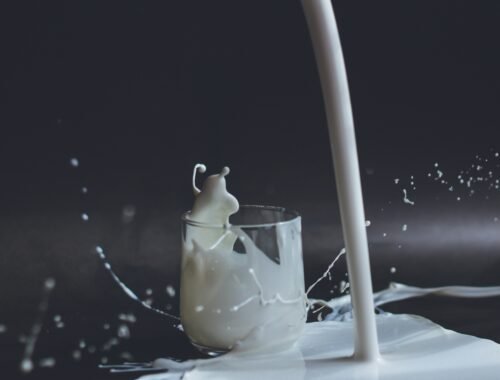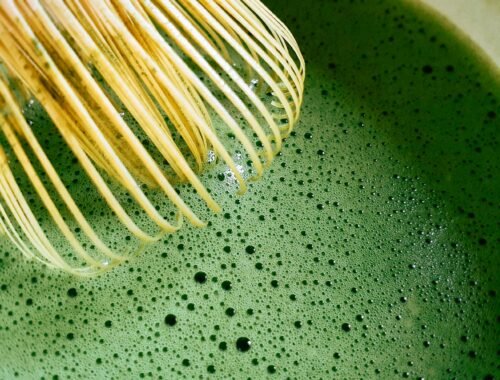
Why Decaf
There’s always that one coffee order that’ll get you a look at almost any café: Espresso Decaf.
Does it even make sense?
What’s the point?
Decaf coffee is often seen as a “lesser” version and a weak substitute. But it exists for a reason. And you’d be surprised just how necessary its invention actually is.
There’s a common misconception that decaf is not real coffee. But the only thing it lacks is caffeine. The flavor and the aroma, Just without the kick.
Decaf Is Necessary
Have you ever had one of those days where your usual cup hits harder than expected?
Palpitations. Heart racing. A hint of regret.
It’s only 8 PM. You tell yourself the caffeine will wear off by bedtime. It doesn’t. Your body’s ready to sleep, but your brain is on a treadmill doing sprints. That is when you wish you had gone with decaf.
Decaf is not just for the night owls who still want the comfort of a warm cup before bed. It’s also a choice for people leaning toward healthier living. Studies have shown that too much caffeine can strain the heart — especially for those with underlying conditions. For some, decaf isn’t just an option. It’s the only one.
Culture Catching Up
As culture shifts toward more mindful living, decaf is finally getting the attention it deserves. The demand is growing. not just for any decaf, but for good quality decaf.
Better beans. Better taste. Better care.
Good thing is, the industry is responding.
We are no longer stuck with chalky, flat-tasting decaf that feels like an afterthought. Roasteries are putting in real effort now. They’re sourcing quality beans, refining techniques, and treating decaf with the same respect they give high-end single origins.
And No. decaf is not made by rinsing beans in bleach.
In the earlier days, the main aim was to remove as much caffeine as possible from the beans. Rarely was the component of flavor and aroma considered in the process. The quality of the beans used for decaf was also not the best as dark roast was preffered for it. This resulted usually bitter and flat tasting decaf coffee. Modern methods, like the Swiss Water Process, remove caffeine gently, using water and time preserving the flavor without messing with the taste.
Mother nature is always full of surprises. Much to the delight of of the coffee world, a caffeine free coffee plant, ( Coffea charrieriana) was dicovered in central part of Africa ( Cameroon) Although still not yet as popular, the plant in its own way is a great addition and alternative to the other decaffeination processes. Naturally decaffeinated.
Real Coffee, Just a Different Pace
Decaf still is real coffee. Just made for a different rhythm.
And maybe tha is the whole point.
Because sometimes, what we’re craving is not really the caffeine.
It’s the pause.
The vybe.
The stillness.
And that does not need to come with a side of restlessness.
Sometimes, the best parts of coffee have nothing to do with caffeine at all.
You May Also Like

Espresso
May 26, 2025
Milk and texture
June 4, 2025


